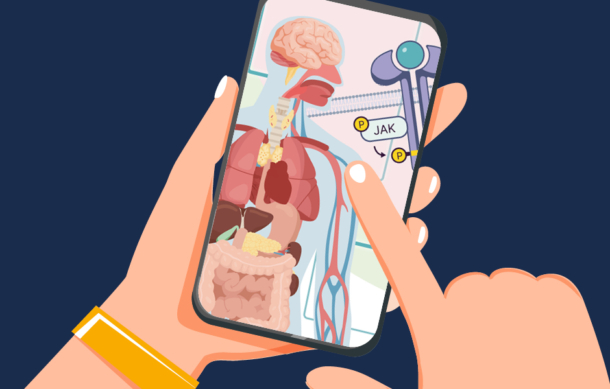Words by EMJ GOLD newsdesk
The pharmaceutical industry’s approach to R&D is notoriously costly, time-consuming and sometimes unproductive, but return on investment is on the rise, according to a new report from Deloitte.
The research, which analyses the industry’s ability to generate returns from its late-stage development pipeline, found that the sector’s internal rate of return (IRR) hit 4.1% in 2023. The latest figure is a huge leap from 2022, which only reached a rate of 1.2% – the lowest score since the report was first published in 2010.
The new high could be linked to the number of new, high-value predicted drugs entering the pipeline in 2023, with many of these new drugs targeting large patient populations, the report says. These include high-profile chronic weight management drugs and monoclonal antibodies for early-stage Alzheimer’s disease, which could reshape the blockbuster landscape and positively impact global health.
While new and promising drug launches are good news for many companies, the increase in IRR comes at a time when the environment for biopharma companies is becoming increasingly challenging. Implementing a healthy pipeline replenishment strategy remains a complex task for many, with various headwinds threatening further growth.
According to Deloitte, key factors testing the biopharma industry’s ability to generate returns include the threat of loss of exclusivity for other high-value drugs, inflationary costs and regulatory changes. In terms of costs, the top 20 pharmaceutical companies collectively spent over 100 billion (USD) more on R&D this year than last, with the final bill totaling 145 billion (USD).
The report finds that AI and digital tools could play an important role in lessening the challenges posed, however. While these tools have only had an “incremental rather than transformational” impact on clinical trial productivity so far, it states that the real impact is yet to come.
This is a view held by Karen Taylor, Director and Head of Research, the Deloitte Centre for Health Solutions, who says: “Technology-enabled transformation in R&D productivity is still needed if this cohort are to reverse the decade-long trend of declining returns while continuing to deliver innovation for patients.”
To maintain its innovative edge and growth in IRR, the industry must strive to improve efficiency and costs relative to expected risk-adjusted revenues. AI is a valuable tool that can streamline processes for all players. However, the industry must also plan ahead for other potential setbacks that could harm its growth prospects and stifle innovation.





